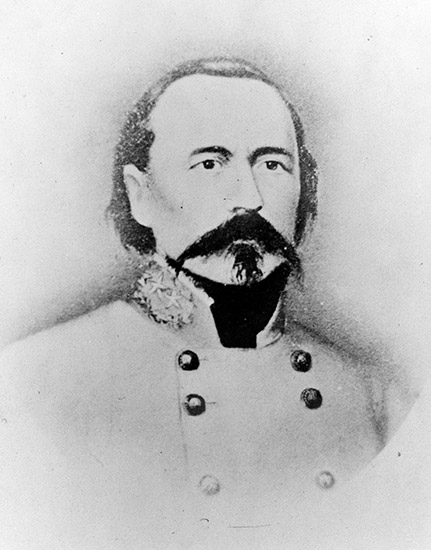In 1851, John P. McCown, an amateur ornithologist and army officer stationed in Texas, shot a group of birds. Examining his kills, he noted two birds he’d never seen before and sent specimens to an ornithologist friend, who named it McCown’s Longspur. Ten years later, McCown joined the Confederate States Army, where he was ultimately promoted to Major General and commanded multiple armies; the only member of the Confederate armies whose name is borne by a bird. Fair enough. If we are going to remove statues and flags of the Confederacy, maybe we should remove those names from birds as well. The American Ornithological Society’s Committee on Classification and Nomenclature (informally known as the Checklist Committee) rejected a change in the English name of McCown’s Longspur, but stay tuned. (Excerpted from Audubon, July 2020.)

And then there’s this article in The Allegheny Front which argues that some bird names are verbal statues for birds and sought to be changed. For example, Bachman’s Sparrow was named by Audubon after Reverend John Bachman, a Lutheran Pastor who advocated for white supremacy.
I wonder about other people whose names are attached to birds. What about Bernard Rogan Ross of Ross’s Goose who was the chief trader at Ft. Simpson, Canada in the 19th century and collected numerous bird specimens? Or Townsend, Nuttall, Audubon, and Lewis and Clark, who all collected a variety of bird specimens. Or Alexander Wilson, the “Father of American Ornithology.” These folks did things we abhor today – shot birds to send to museums or use as specimens for art studies. Good causes at the time, but probably not now. Should we be taking their names off birds?
In 1962 Crayola eliminated the crayon named flesh color. Today Crayola sells Multicultural Crayons in skin tone colors. Band-Aid products have a similar story. Yet today we still have a seabird named the Flesh-footed Shearwater.
A proposal under consideration by a committee of the American Ornithological Society (AOS) is to eliminate possessives from bird’s names. Cooper’s Hawk would become Cooper Hawk, Brewer’s Blackbird the Brewer Blackbird, and so on.
There are continual changes to bird names by the AOU and the International Ornithological Union (IOC) World Bird List. The Sky Lark became the Eurasian Skylark, the Orange Bishop became the Northern Red Bishop, and the Green Violetear becomes the Mexican Violetear. There were changes in scientific names as well. Changes come about with more information on ranges, behavior, and especially DNA. Perhaps the biggest change is the sequence of bird families, which is reflected in most North American bird guides. They would always begin with loons, then grebes, then albatrosses, etc. New editions will probably begin with flamingo, followed by grebes and pigeons with loons in 20th position.
Proposals for name changes will constantly come and go. Sometimes it’s obvious a change needs to be made but often it becomes a subject of debate. Whatever the case, a name change will cause disruption. Bird books and life lists will need to change and the number of species goes up or down. And avid birdwatchers lose a lot of sleep,
I hate to see the political correctness fads infiltrate the birding world. Keep social politics out!
OK, I’ve scratched the name ‘McCown’s’ out of my bird book.
Oh no!… On the same page I see Smith’s Longspur and McKay’s Bunting. There’s bound to have been many Smiths and McKays serving in the Confederate ranks too, so I’d better scratch out those names!
Seriously, folks, it seems like the inmates are taking over the asylum!
Smith’s Longspur was named after Gideon B Smith, M.D. by Audubon. No information of his involvement in the CIvil War but he would have been 67 when it began, so unlikely. Charles McKay of McKay’s Bunting was born in 1855 so the Civil War was over when he turned 10. He collected specimens in Alaska for the Smithsonian Institution.
If I understand it correctly, the newer taxonomy suggests Flamingos are more closely related to loons and grebes than to ducks or storks. A sister Clade? All probably share a common ancestor, right? Why would new guides begin with Flamingos? They evolved before loons, and are not divergent?
Thanks
I’m no taxonomic expert and from what I have read, this reclassification of flamingoes is still a bit up in the air. But you can read some scientific literature, albeit a bit dated, to give you some background at https://academic.oup.com/zoolinnean/article/140/2/157/2624220
I’m not sure that new guides will pick up on starting with flamingoes anytime soon.